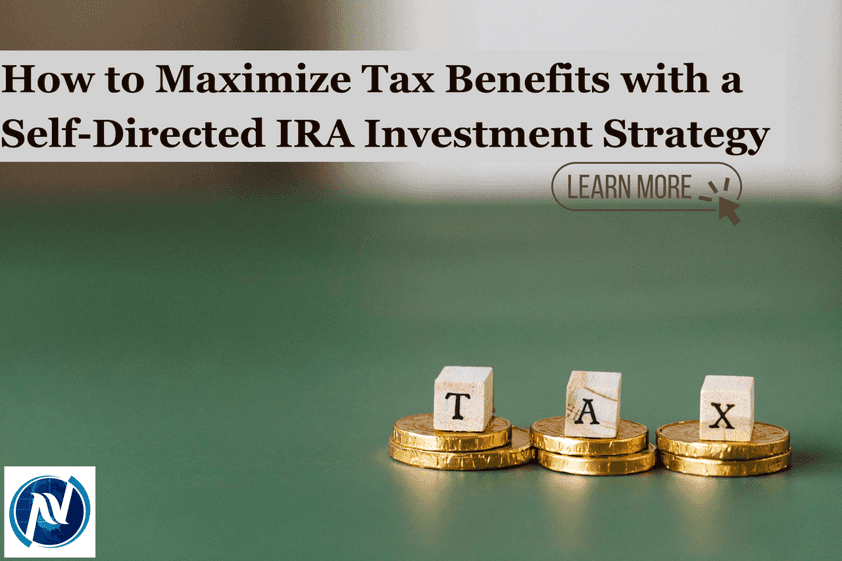How to Maximize Tax Benefits with a Self-Directed IRA Investment Strategy
We all know that retirement accounts help us save for retirement. When we load up in a Traditional IRA, for example, those tax-deductible contributions help us save money in the here and now, while putting money into the account gives us assets, we can trade within the account without having to pay immediate taxes on. …

We all know that retirement accounts help us save for retirement. When we load up in a Traditional IRA, for example, those tax-deductible contributions help us save money in the here and now, while putting money into the account gives us assets, we can trade within the account without having to pay immediate taxes on. This frees us to buy and trade stocks, for example, under the umbrella of retirement protection. But what if you want more freedom? If you’re considering a Self-Directed IRA investment strategy, it means you’re looking for a way to make more of your own decisions while enjoying these same tax protections. Here’s what you’ll need to know if you’re looking to use these same tax benefits with a unique IRA investment strategy.
Choosing the Right Investment Approach
A Self-Directed IRA offers the same tax advantages as a Traditional or Roth IRA, but with far greater flexibility in your range of investment choices. Stocks, bonds, and mutual funds are common with traditional brokers. But with Self-Directed IRAs, you can explore alternative assets like real estate, private equity, or even precious metals. The key is ensuring that any investment you make aligns with IRS regulations to maintain the tax-advantaged status of your account. (For instance, you can’t hold a private home in your Self-Directed IRA).
This gives you more freedom, but you’ll have to be mindful of prohibited transactions, like using the property for personal use or dealing with disqualified persons, as these can trigger penalties that could erase the tax benefits you were hoping to gain.
Understanding Contribution and Distribution Rules within a Self-Directed IRA
Just like with other retirement accounts, there are limits to how much you can contribute each year. These limits depend on whether you have a Traditional or Roth Self-Directed IRA, and they change based on IRS guidelines. Contributions to a Traditional Self-Directed IRA can be tax-deductible, for example, but Roth contributions aren’t. And in turn, Roth IRAs offer different benefits.
The timing of withdrawals also matters. You may have to take retirement distributions out of a before-tax account like a Traditional IRA. But if you have a Roth Self-Directed IRA, you won’t face RMDs. This allows your investments to continue compounding tax-free for as long as you like.
Avoiding Common Pitfalls
A Self-Directed IRA can be a powerful tool for maximizing your retirement, but it requires careful management. One of the biggest mistakes investors make is failing to conduct due diligence on their investments. Since these accounts allow for alternative assets, there’s always the risk of encountering investment fraud or high-risk ventures. Do your due diligence to make sure you’re making valid investments.
Another common pitfall is not keeping personal and IRA funds separate. Any commingling of funds—such as using personal money to maintain an IRA-owned property—can lead to tax penalties that negate the benefits of having a Self-Directed IRA in the first place. Staying informed and working with financial professionals can help you navigate these complexities while keeping your retirement strategy on track.
With careful planning, a Self-Directed IRA investment strategy can provide tax advantages while giving you more control over your financial future. The key is understanding the rules, making more informed investment choices, and staying compliant to protect the tax benefits that make these accounts so valuable.
Interested in learning more? Reach out to us here by dialing 866-7500-IRA.
Get 15 minutes of free expert advice.
If you're not sure whether a self-directed IRA is right for you, schedule a 15-minute call with our industry veteran team. We'll explain the possibilities, help you evaluate your options, and answer all your questions - no pressure, no obligations.
